Category ArchiveAnimation Artifacts
Animation Artifacts &Layout & Design &repeated posts &Story & Storyboards 21 Mar 2008 08:03 am
Recap Friday – Jax Beer commercial
- In November 2006 I posted the storyboard, workbook and final layouts for a Jax Beer spot which was directed by Mordicai Gerstein. I thought it interesting enough to recap the two posts, so here they are.
- This is the material for a Jax Beer commercial. It was done by a NY studio named Pelican in 1962. There were about 75 people on staff at Pelican back then.
This spot was directed by Mordi (Mordicai) Gerstein. He left animation in th 70′s to write & illustrate children’s books. (He won the Caldecott Medal for his book, The Man Who Walked Between The Towers. This was the book I adapted to animation in 2005.)
What follows is the storyboard and the director’s workbook. (It appears to be an agency board, though it’s drawn in a style that looks to be Mordi Gerstein’s. Perhaps boards from the agency were drawn by the studios back in 1964; I’m not sure. The layouts were drawn by the same artist.)
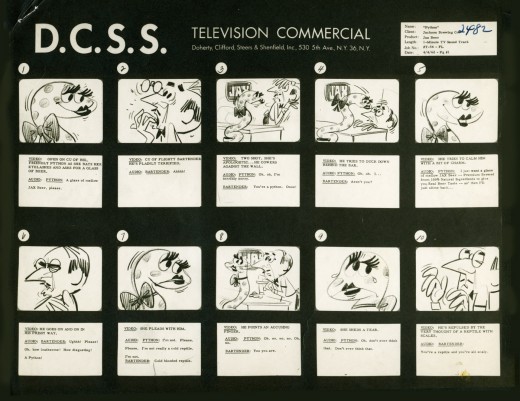
_____(Click any image to enlarge.)
The workbook has several flaps on it that indicate changes in timings. There are also glue stains where I assume other flaps fell off. (See page one, last row, first column.) Each column represents 16 frames/one foot of film. Odd numbers are marked off.
Each row contains 8 feet of film/128 frames. Each page represents 32 feet/512 frames. It would have been smarter to keep to even numbers.
More modern exposure sheets generally have 80 frames/five feet per page. This also divides into two feet of 16mm film. (Handy.) The numbers add and divide smartly and easily. But then most people don’t use exposure sheets anymore.
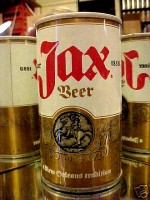 - Continuing with the above post, a Jax Beer commercial, I present some of the film’s layouts. This represents about 2/3 of them.
- Continuing with the above post, a Jax Beer commercial, I present some of the film’s layouts. This represents about 2/3 of them.
The art was done by Mordi (Mordicai) Gerstein, who also directed the spot. Grim Natwick animated the spot and Tissa David assisted him. Of course, this was in the days before auido tapes could be handed out, so the animator would get a phonograph of the soundtrack. They could mark it with a white pencil to indicate key spots.
I thought that this in conjunction with yesterday’s prep material gave a good indication of the preproduction that went into making a commercial back in 1962.
That said, here are the layouts:
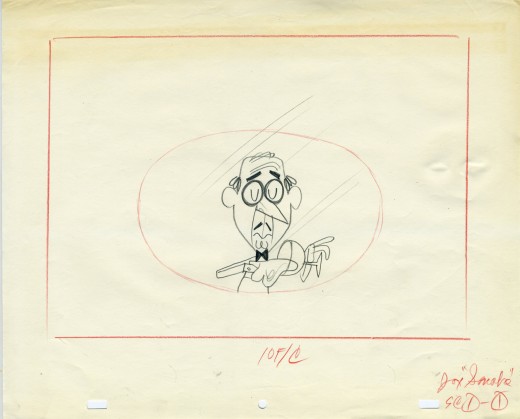
(Click on any image to enlarge.)
Animation &Animation Artifacts 20 Mar 2008 08:07 am
Terry’s Logo
I was looking at an older piece of animation I had posted about two years ago. I’ve always loved these drawings and felt that they truly represented an era at Terrytoons and, more specifically, New York animation. I thought I’d like to post them again (adding a QT movie
of the motion.)
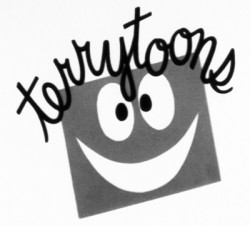 – Since first seeing them in the 50′s, I’ve been a fan of the films from the Gene Deitch period at Terrytoons. You know, Clint Clobber, Sidney the Elephant, Gaston Le Crayon and Tom Terrific. Call this a guilty pleasure.
– Since first seeing them in the 50′s, I’ve been a fan of the films from the Gene Deitch period at Terrytoons. You know, Clint Clobber, Sidney the Elephant, Gaston Le Crayon and Tom Terrific. Call this a guilty pleasure.
The animated logo included a linear face which had some scribbled hair that animated to read “Terrytoons” when a door closed on it. It was a short bit that seemed different and more lively than other logos of the day, though I think things started to change with Gene Deitch’s approach.
The UPA films had a tighter animation style. There was some looseness in the opening credits of the Gerald McBoing Boing Show, but generally there was a less freestyle animation in the limited UPA approach. The Dick Tracy show was airtight.
Perhaps the full credit should go to Deitch or perhapts it was Jim Tyer’s influence at Terrytoons that really changed things. I don’t know who actually animated this logo, but there’s plenty of life in it.
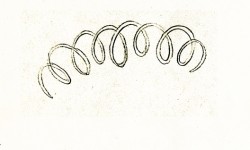 1
1 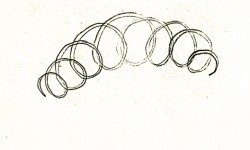 2
2
(Click any image to enlarge to its full size.)
Terrytoons Logo, animated.
Animation &Animation Artifacts &Hubley &Story & Storyboards &Tissa David 17 Mar 2008 07:46 am
Upkeep Board
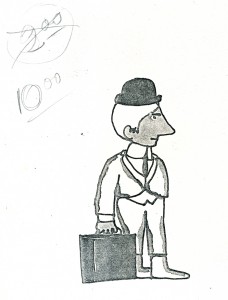 - I spoke a little too quickly last week when I promised to post the storyboard for UPKEEP, Hubley’s short film for IBM. I seem only to have three pages of the board, and I’m posting them here.
- I spoke a little too quickly last week when I promised to post the storyboard for UPKEEP, Hubley’s short film for IBM. I seem only to have three pages of the board, and I’m posting them here.
The story tells the history of the maintenance guy, for this client, IBM. When the first stone-wheeled cart breaks down (square wheels don’t work), the mainenance man comes in and cuts off the edges to give the world the first round wheel. When the loom goes crazy, the maintenance guy enters to fix the macinery, making it easier and smoother to weave. (Love blossoms in this sequence.)
The entire film is told without dialogue. Its soundtrack is a score by jazz great Benny Carter, and it was prerecorded. The film was animated to
___Xerox Model of lead character_______ it and the animation was edited by Faith Hubley.
___drawn by John Hubley______________The animation was done by Phil Duncan, Tissa
___________________________________David, Jack Schnerk and Lu Guarnier.
Again, I have only these three pages. They’re photostats made from the storyboard drawings pasted to black flint paper and reduced to 9×12 size. Originally, John did the drawings on pads of paper (4×5) cut to size. The drawings he chose to include were tacked to the wall in his room. This is where he’d present the board to his client.
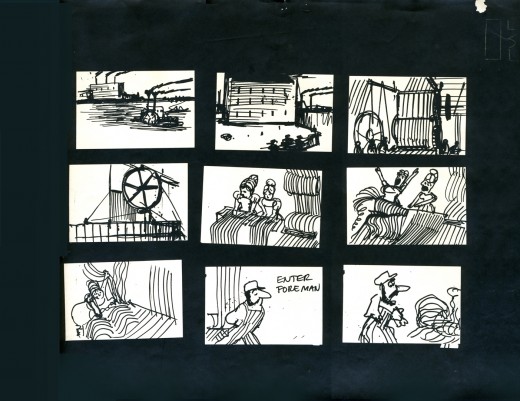
_________________(Click any image to enlarge.)
Here are a couple of the Layouts for this sequence.
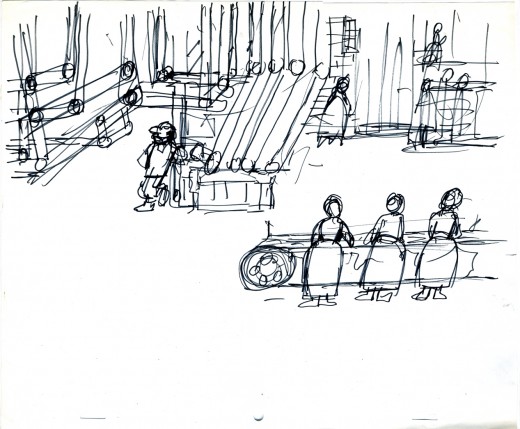
_________A drawing by John Hubley of the assembly line BG.
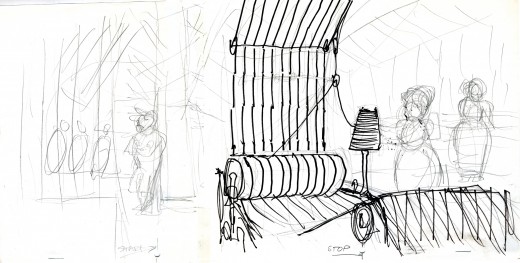
_________Tissa turned this shot into a pan so that we’d end on the lead girl.
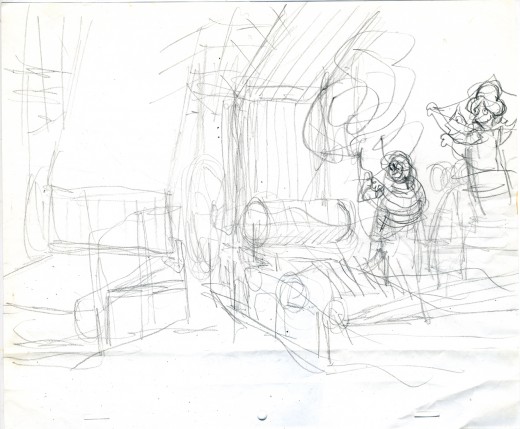
_________The loom goes haywire as Tissa blocks out the scene.
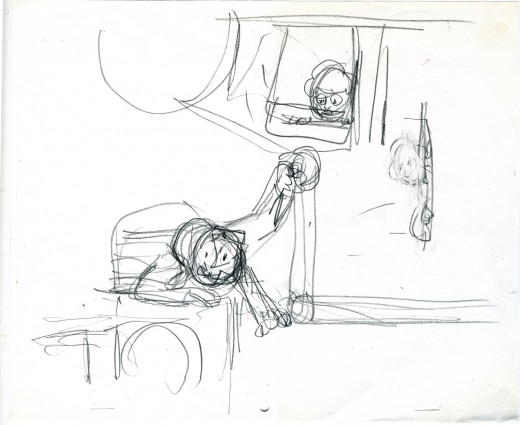
_________Tissa shows the girl watching the guy at work.
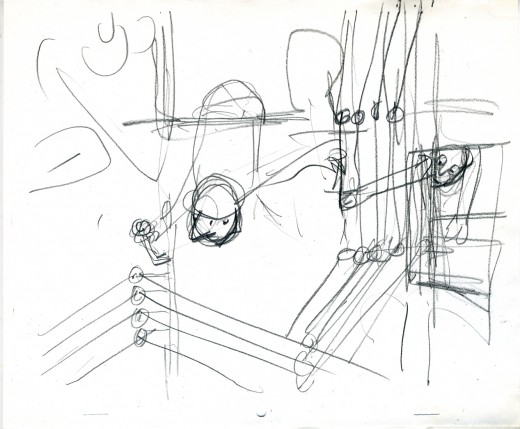
_________John’s drawing of the serviceman repairing the loom with Tissa’s touchups.
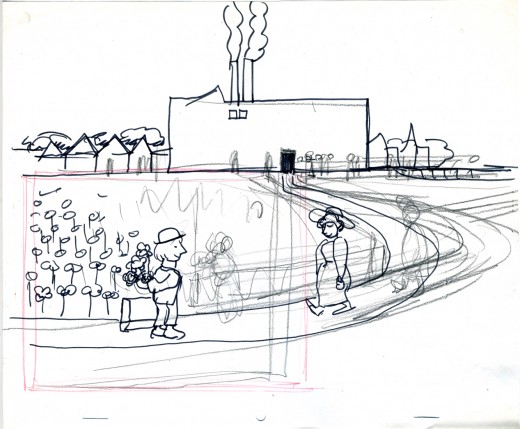
__John draws the serviceman waiting for the girl at the end of the day – with flowers.
Animation Artifacts &Layout & Design 07 Mar 2008 09:24 am
Recap Fridays: Steig Lay Outs
- I initially posted these Steig Lay Out drawings in February 2006. They’re important enough (to me at least) for me to re post them. I’ve reshaped the images for better viewing.
These are some of the layout drawings done by William Steig for an Alka Seltzer commercial produced in the early 60′s.
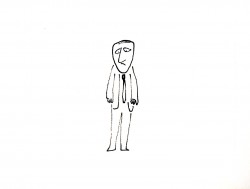 2
2 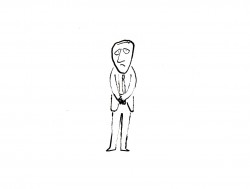 3
3
_________(Click any image to enlarge.)
The commercial was done by Elektra Studios. Steig worked with a bamboo reed cut to form a point. He dipped that in ink and drew. The paper is particularly thick and is designed to absorb the ink. They’re punched with Oxberry peg holes top and bottom. I have one of the “pens” he used to draw these layouts. The final comercial was basically an ink line drawing against a white field.
I’ve been a big fan of Steig‘s since my earliest days when I first discovered him in the New Yorker Magazine. By the time I’d made it to college, I’d already seen two art exhibits of his artwork.
By the time I saw my third exhibit of his work, I was able to barely afford one of the New Yorker drawings. It’s done on rice paper with the same type of “pen”. Years later, when I told Steig that I’d bought it, he said that it was the only drawing to have sold at that exhibit.
It was real luck for me to have been able to adapt a couple of his children’s books to animation. I not only got to meet him and his wife, Jeanne, but worked with his flutist son, Jeremy, on a number of projects.
Bridget Thorne, who art directed the film, did some of her finest work ever on the backgrounds – beautiful pieces that I still treasure. I think this is one of Steig‘s best books, and I think we did it justice. 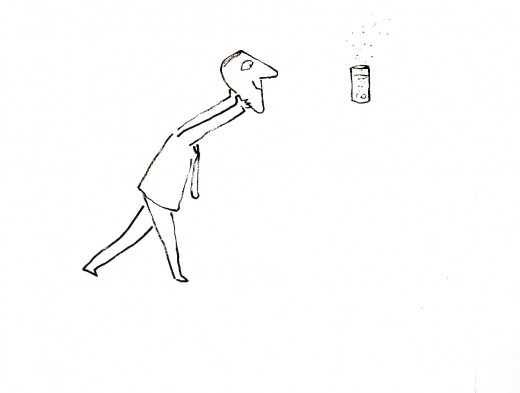
I’m rather partial to Abel’s Island as a film. There were only about two dozen B&W pen and ink illustrations in the book, so we had to do quite a bit of designing in the style of Steig
Animation Artifacts &Disney &Mary Blair &Peet &Story & Storyboards 03 Mar 2008 09:00 am
Last of Susie
- In the past two weeks I’ve posted a number of boards and preliminary artwork for Susie the Little Blue Coupe, the 1952 Disney short. Bill Peet did all of the storyboard drawings posted last week, and he did a storybook prep for the film posted the week before.
All of this material came to me via a generous loan from John Canemaker.
Here’s the final board in the series. It seems to be LO drawings and doesn’t appear to be part of the storyboard. Perhaps it was prepared for a Leica reel? Regardless, the drawings are interesting, though I doubt Bill Peet did them all.
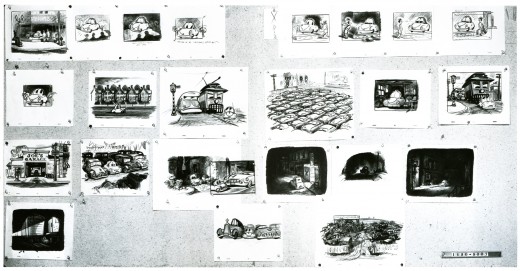
__As with other recent posts of storyboard material, I’ve broken it up and repositioned
__the images so that you can enlarge them for better viewing. The above image rep-
__resents what the photo given me looks like.
 1a
1a
____________ (Click any image to enlarge.)
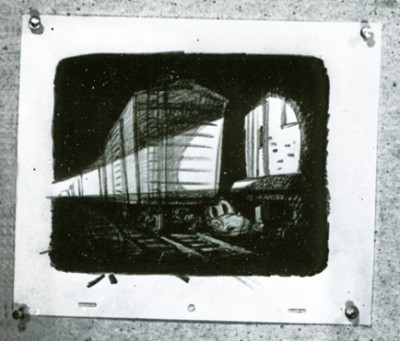 4a
4aFinally, I wanted to give an indication of the film’s color, so I’ve gone back to John Canemaker’s book The Art and Flair of Mary Blair and have poached this color sketch she did in styling the film.
Animation Artifacts &Hubley &repeated posts &Tissa David 29 Feb 2008 08:46 am
Recap Friday: Letterman I, II & III
The following was a post that first appeared March 25, 2006.
I’ve added slightly to it:
- One of the first jobs I had in animation was working for John Hubley in 1972 on Letterman series for The Electric Company. I enjoyed writing the several posts that I’ve combined for this recap:
- There were three seasons of Letterman episodes we did at the Hubley Studio. All 60 episodes were 2 1/2 mins. apiece including the reused wrap-around: “It’s a bird! It’s a plan! It’s Letterman!” They were all directed by John Hubley. The first 40 episodes were all done in-house. The last 20 episodes were split with 10 done in the NY studio and 10 farmed out to Fred Wolf‘s studio in LA. The boards and layouts in NY for those sent out. Fred and Chuck Swenson animated all 10. (These are also the only episodes to use cel vinyl. All the others had the characters colored with marker on paper and cut & pasted onto cels.) The audio was done in NY, and editing was done in the studio by Faith Hubley.
In the first season of the show the primary voices were: Gene Wilder as Letterman, Zero Mostel as Spellbinder, Joan Rivers as the Narrator, and Jack Gilford doing incidental voices. Billy Taylor did the music.
animated by Tissa David for the first season of the show. Letterman runs on two’s.
II
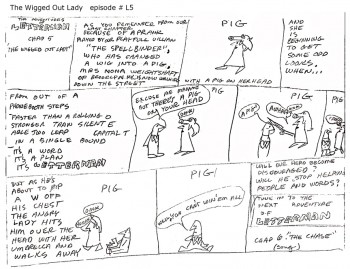 Christopher Cerf wrote all 60 episodes of Letterman, probably in collaboration with John Hubley. The storyboard posted here for episode #5 was by Chris Cerf; that’s pretty much how he did the scripts.
Christopher Cerf wrote all 60 episodes of Letterman, probably in collaboration with John Hubley. The storyboard posted here for episode #5 was by Chris Cerf; that’s pretty much how he did the scripts.
It’s undeniable that the wacky “naive” drawings undoubtedly inspired the models for the characters in the films.
(Click on any image to enlarge to a readable size.)
No doubt also affecting the models was an acccident that John Hubley had had at the start of production on this first series. At a dinner party, John tried to stop a falling 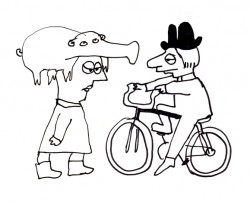 fondue pot filled with melted cheese. Horrible burns over both hands somewhat hampered his artwork. I would make several visits a day to his nearby apartment to have art approved. To have John draw, we’d prop a felt-tip pen into the mass of gauze and cotton and bandages wrapped around both hands. He’d move his wrapped fist around a sheet of paper and end up with a model like the one posted here. This went on for about three weeks (roughly half of the production time.) When he returned, backgrounds were done at a super speed.
fondue pot filled with melted cheese. Horrible burns over both hands somewhat hampered his artwork. I would make several visits a day to his nearby apartment to have art approved. To have John draw, we’d prop a felt-tip pen into the mass of gauze and cotton and bandages wrapped around both hands. He’d move his wrapped fist around a sheet of paper and end up with a model like the one posted here. This went on for about three weeks (roughly half of the production time.) When he returned, backgrounds were done at a super speed.
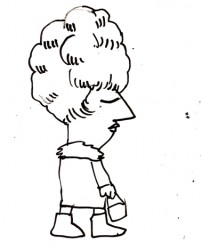
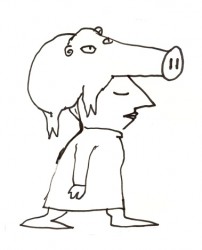 Everything was modeled on Krazy Kat. Lots of white space with sparkling color sprinkled about. The lines were dressed up with a ragged cross-hatching. The characters were colored with magic marker. (John’s favorite color was Eberhard Faber’s “Shock Pink”. Letterman’s skin color took this tone. It showed up in almost everything John did with markers.) The backgrounds were inked with a pentel felt-tip. John would throw a light wash of water over some of these lines to get them to bleed.
Everything was modeled on Krazy Kat. Lots of white space with sparkling color sprinkled about. The lines were dressed up with a ragged cross-hatching. The characters were colored with magic marker. (John’s favorite color was Eberhard Faber’s “Shock Pink”. Letterman’s skin color took this tone. It showed up in almost everything John did with markers.) The backgrounds were inked with a pentel felt-tip. John would throw a light wash of water over some of these lines to get them to bleed.
We’d race daily to get at least half a dozen scenes ink, painted and colored on paper. Then it’d be packaged and sent out via Fed Ex. (Celine Miles in LA cut & pasted the colored drawwings to cels; the art was shot at Animcam by Jack Buehre.) The FedEx guy arrived daily at 5:30pm, so that was my deadline. I found myself coming in at 7am to add more time to the day. I’d watch the clock which ticked furiously; I averaged 30secs to ink a drawing – any more, and I wouldn’t make Faith’s deadline.
III
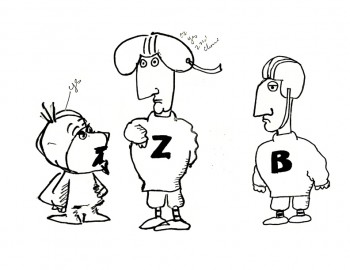 – These scrappy examples are not the best to give an indication of Letterman. But they were the ones I saved, so they’ll have to do. John Hubley drew these very early in the production, and they undoubtedly owe something to Chris Cerf‘s hilarious storyboards.
– These scrappy examples are not the best to give an indication of Letterman. But they were the ones I saved, so they’ll have to do. John Hubley drew these very early in the production, and they undoubtedly owe something to Chris Cerf‘s hilarious storyboards.
The animators involved in season one included: Tissa David, Johnny Gentilella, Vinnie Bell, Lu Guarnier and Jack Schnerk.
Helen Komar, a veteran Asst. Animator in NY, was the coordinator of the production and Gen Hirsch also colored. Gen and I got really close over the couple of years we worked together. She was the wife of Joseph Hirsch, the brilliant artist and mother of Paul Hirsch (editor of Star Wars and other incredible films) .
It was my first real job in an animation studio. Probably for this reason, I remember a lot of what happened – it was indelibly etched in my memory. I was the inker, colorist (we used markers, remember), animator of miscellaneous scenes (I think I animated some 40 scenes that first season), hole puncher, and Assistant Animator.
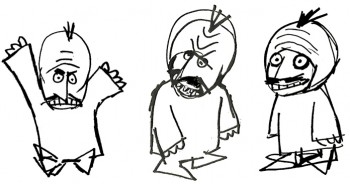 It was in the capacity as Assistant Animator that I found trouble. I hadn’t done it before, except for myself, so was horribly untrained. Because the schedule was so ridiculously tight, I had to assist in ink (Sharpie pens – the fat ones that dribbled ink and bled through multiple sheets of paper) and correctly put some of the animation – I won’t say on model, but closer to model.
It was in the capacity as Assistant Animator that I found trouble. I hadn’t done it before, except for myself, so was horribly untrained. Because the schedule was so ridiculously tight, I had to assist in ink (Sharpie pens – the fat ones that dribbled ink and bled through multiple sheets of paper) and correctly put some of the animation – I won’t say on model, but closer to model.
Johnny Gentilella, an absolutely wonderful guy, was the farthest astream. He was THE Popeye animator at Paramount. His characters looked like Paramount characters, and I had to get them closer to John’s style. This meant assisting (in ink), inbetweening and basically redrawing everything he’d done – in a rush – without proper training. The guilt of what I was doing to Johnny’s drawings weighed heavily on me, and I eventually apologized to him for what I’d done. He laughed and told me that he had no problem with it. This was standard for NY production in those days and he was used to it. (As a matter of fact, he hired me for another job he directed months later. So I guess he wasn’t too upset. I was.)
The race against the clock was always on; my career had started, and it couldn’t have been more fun. And I was working for John Hubley.
Animation Artifacts &Disney &Peet &Story & Storyboards 26 Feb 2008 09:01 am
Susie Board 2
Here is the remaining half of Bill Peet‘s storyboard for Susie, the Little Blue Coup.
Many thanks to John Canemaker for the loan of this board.
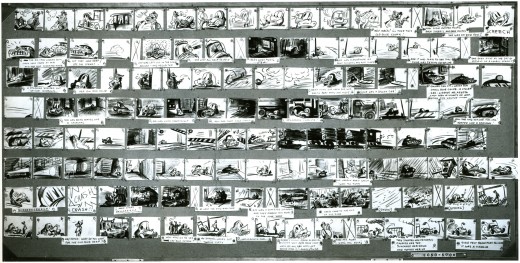
As usual, this is the composite of the storyboard panel represented here.
I’ve split it up and present it in a larger form.
 B1a
B1a
____________(Click any image to enlarge to a legible size.)
There is one remaining board with this series. It contains some BG layouts and larger images. I’ll post that next week.
Animation Artifacts &Disney &Peet &Story & Storyboards 25 Feb 2008 09:20 am
Susie Board 1
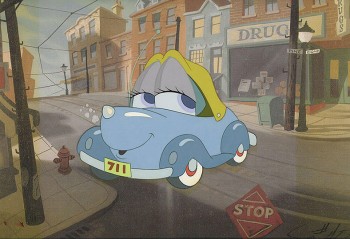 - Last week, I posted the galleys for Bill Peet ‘s book art for Susie, the Little Blue Coupe. I can’t say for sure that it ever became a book, but I do know it was a film completed in 1951.
- Last week, I posted the galleys for Bill Peet ‘s book art for Susie, the Little Blue Coupe. I can’t say for sure that it ever became a book, but I do know it was a film completed in 1951.
..The film was directed by Clyde Geronomi.
..The Layout was by Don Griffith and
…______________________Hugh Hennesy.
..The animation was by Bob Carlson, Ollie
._.Johnston, Hal King and Cliff Nordberg.
..The backgrounds were by Ralph Hulett.
..The music was composed by Paul Smith.
Thanks again to John Canemaker, I have the storyboard by Peet for this short Disney film. Part 1 appears here.
As in the past I’ve broken the board down so that I could post it as large as possible so that you can read it when the images are enlarged. Enjoy.
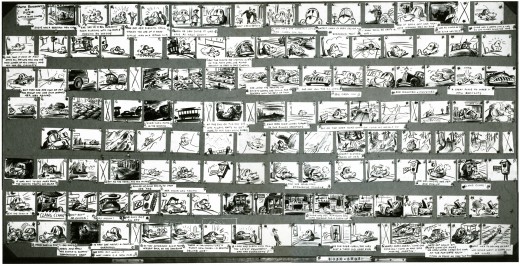
.__This is the complete board. I’ve broken up each individual row, they appear below.
 A1a
A1a
_________(Click any image to enlarge.)
_______________________________I’ll finish the rest of this storyboard tomorrow.
Animation Artifacts &Events 24 Feb 2008 09:34 am
Oscar nite
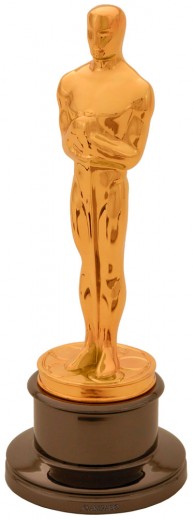 - Tonight is Oscar night. There seems to be less enthusiasm for this year’s award than has been in past years. Perhaps that has to do with the on-again off-again consequence of the WGA strike. Maybe it has to do with the films, though, personally, I love a couple of the films nominated.
- Tonight is Oscar night. There seems to be less enthusiasm for this year’s award than has been in past years. Perhaps that has to do with the on-again off-again consequence of the WGA strike. Maybe it has to do with the films, though, personally, I love a couple of the films nominated.
Anyway, to celebrate the Oscars, I thought I’d show off a bit of personal memorabilia that hangs over my animation desk.
Back in 1985, when I was nominated for my short, Doctor DeSoto,
John Canemaker did a comic strip caricaturing different ways I could give my acceptance speech. I still think it’s hilarious. It’s a response to Jimmy Picker’s great acceptance speech in which he had a spinning bow tie. The clip is replayed in those reruns of the Oscar’s greatest moments.
This cartoon is self explanatory, so I offer it as is (fading colors and all).
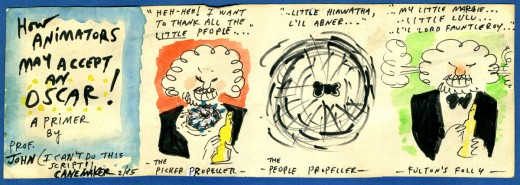
____________(Click image to enlarge.)
If any of you get nominated, I hope you have as great and talented a friend to offer something as nice.
Animation &Animation Artifacts &Disney &Frame Grabs 21 Feb 2008 09:51 am
Dragons
- I watched bits of The Reluctant Dragon dvd yesterday, and was impressed with the title sequence for the “Behind the Scenes” portion of the film. For the animation credits, they’ve caricatured all the artists involved. (I wonder if the live action folk felt left out.)
The drawings are by T.Hee, but one wonders who did the writing of each name. I have to assume that each artist got to sign his* own name.
____*Note: no women got to sign their names
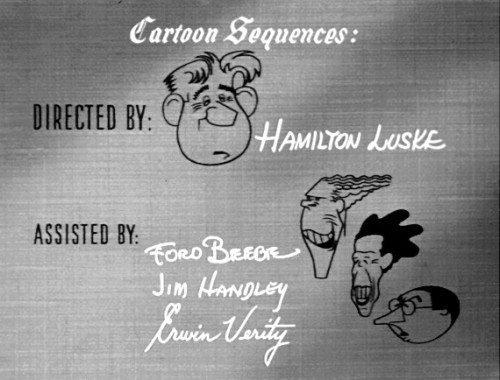
_____(Click any image to enlarge.)
After watching these credits I had to take a short look at some of the animation from The Reluctant Dragon, itself. I decided to take this little skip and study the images. I’ve put it together as if it were a cycle, but it really wasn’t as it appears in the film. Hence, it doesn’t quite work as one.
However, I’m sharing the stills via frame grabs.
Finally, heres a small QT movie of the piece on two’s.
Anyone know the name of the animator of this scene? It’s just after the boy meets the dragon.
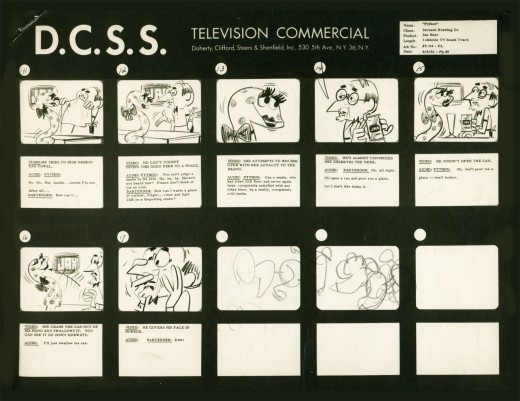
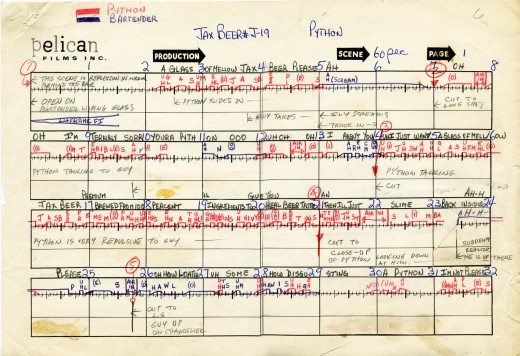
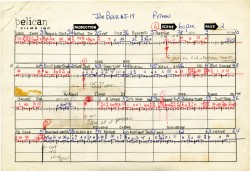
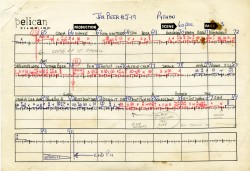
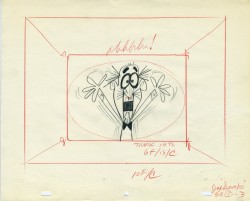
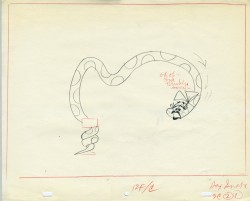
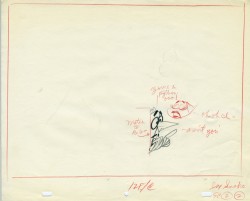
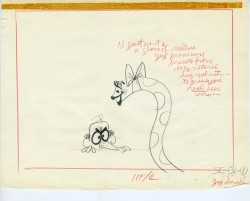
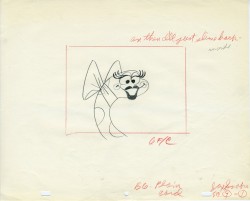
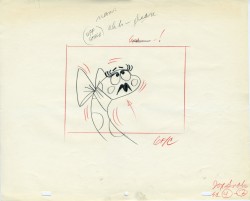
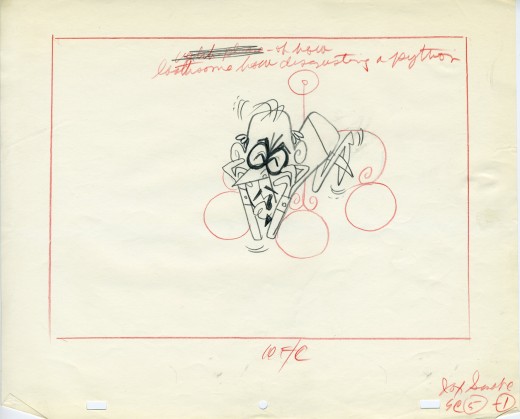
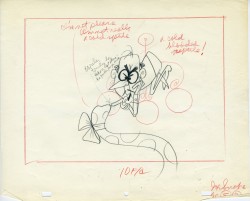
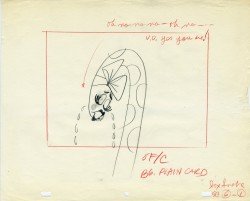
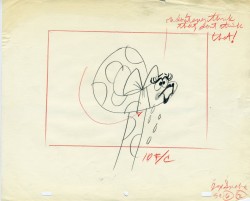
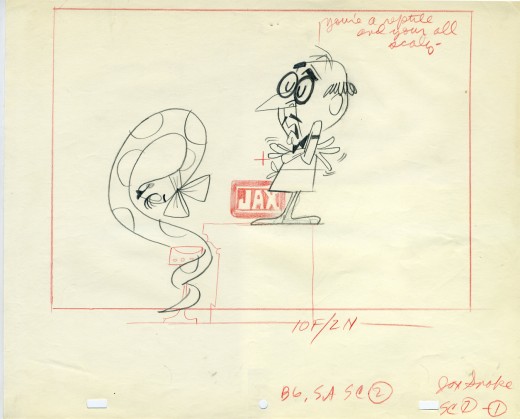
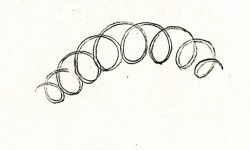
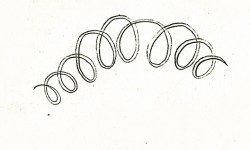
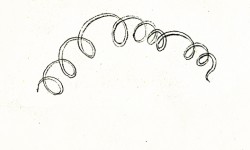
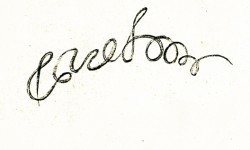
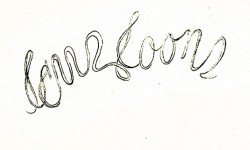
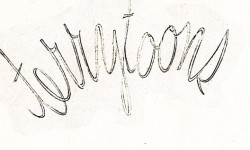
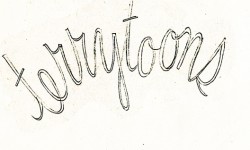
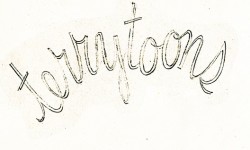
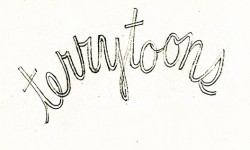

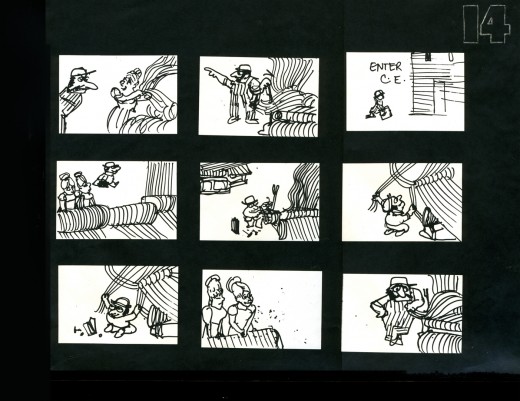
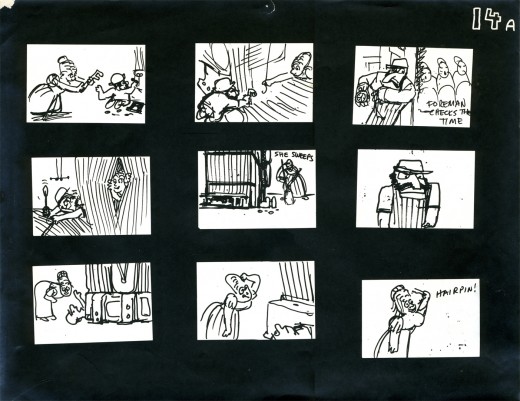
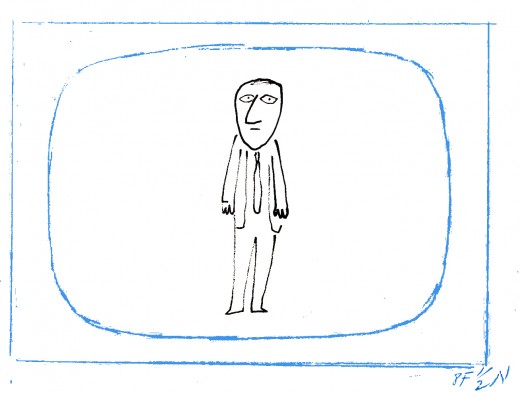
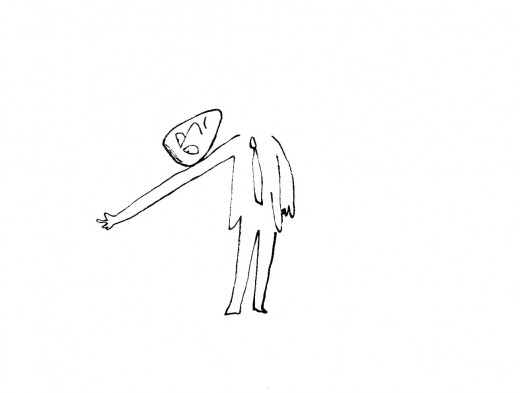
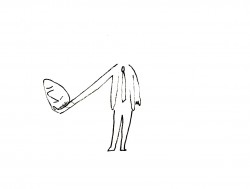 7
7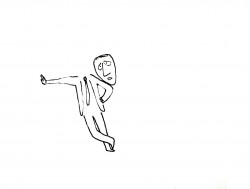 9
9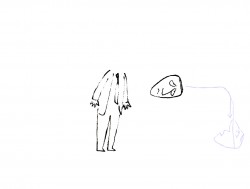 12
12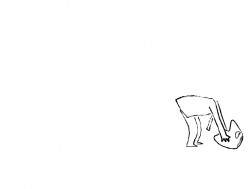 13
13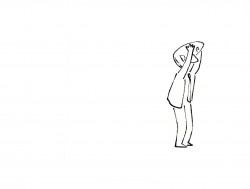 15
15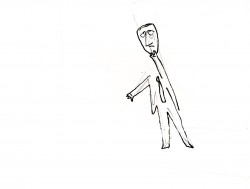 17
17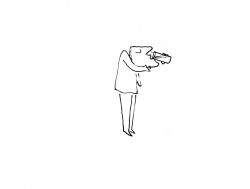 24
24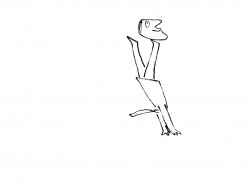 27
27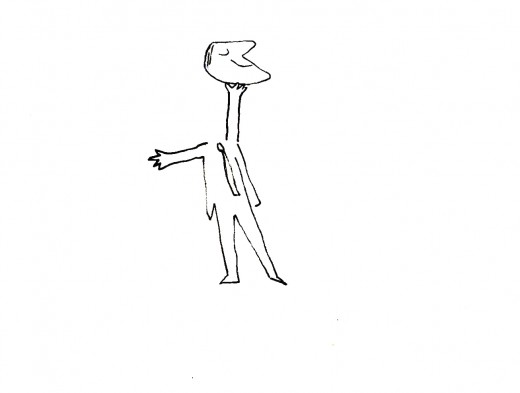
 1b
1b 2a
2a 2b
2b 3a
3a 3b
3b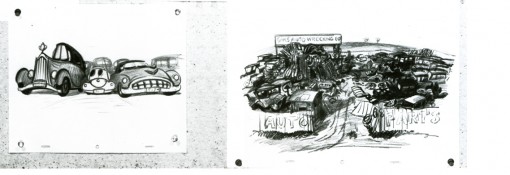 4b
4b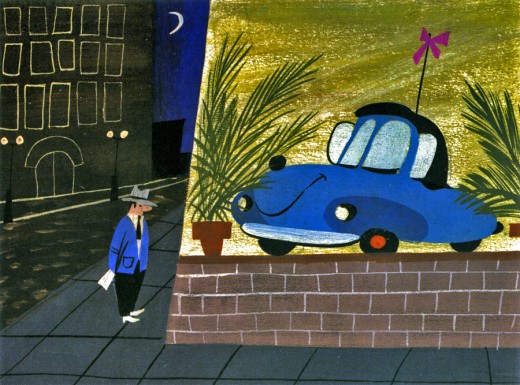
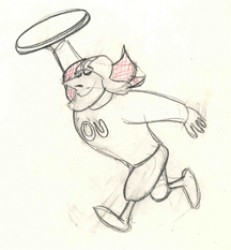
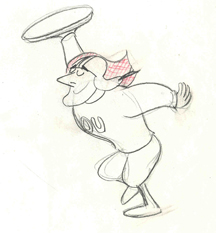
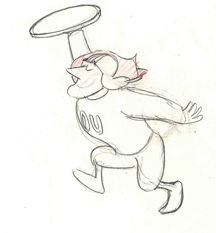
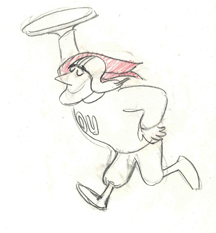
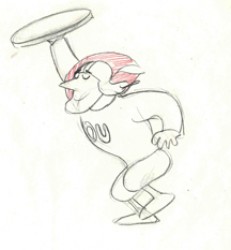
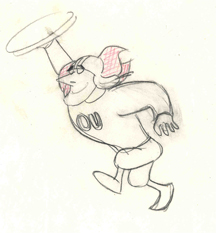
 B1b
B1b B2a
B2a B2b
B2b B3a
B3a B3b
B3b B4a
B4a B4b
B4b B5a
B5a B5b
B5b B6a
B6a B6b
B6b B7a
B7a B7b
B7b B8a
B8a B8b
B8b A1b
A1b A2a
A2a A2b
A2b A3a
A3a A3b
A3b A4a
A4a A4b
A4b A5a
A5a A5b
A5b A6a
A6a A6b
A6b A7a
A7a A7b
A7b A8a
A8a A8b
A8b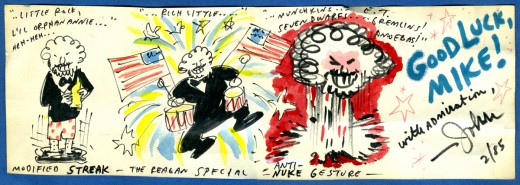
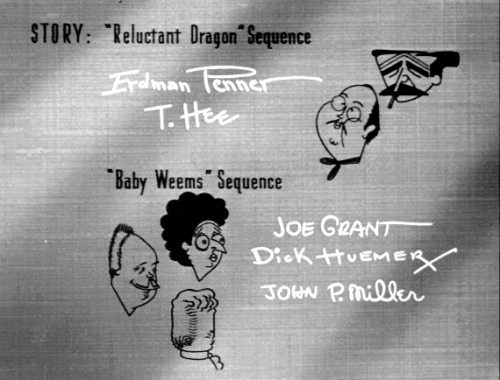
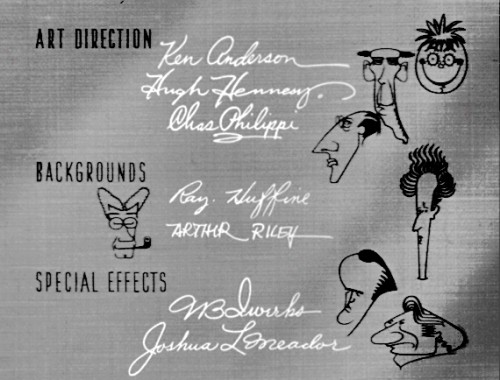
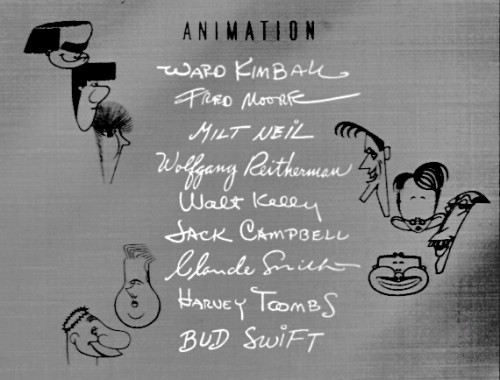
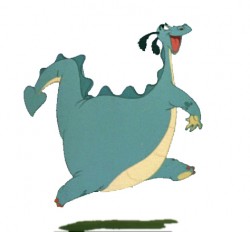 1
1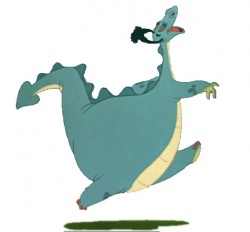 2
2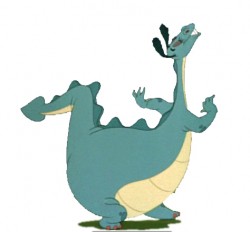 3
3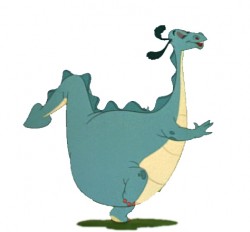 4
4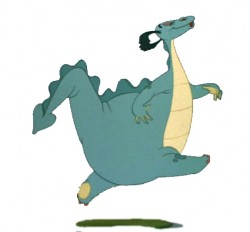 5
5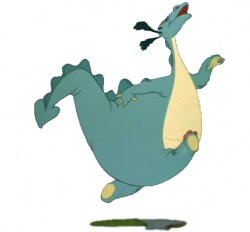 6
6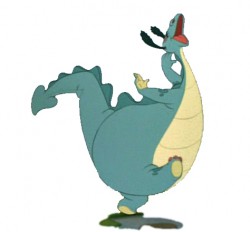 7
7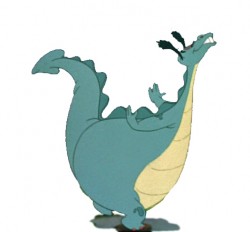 8
8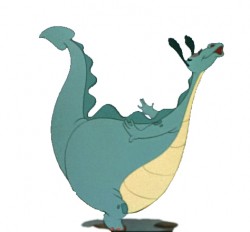 9
9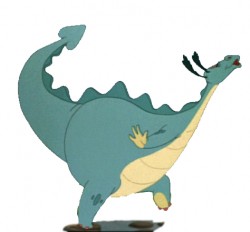 10
10